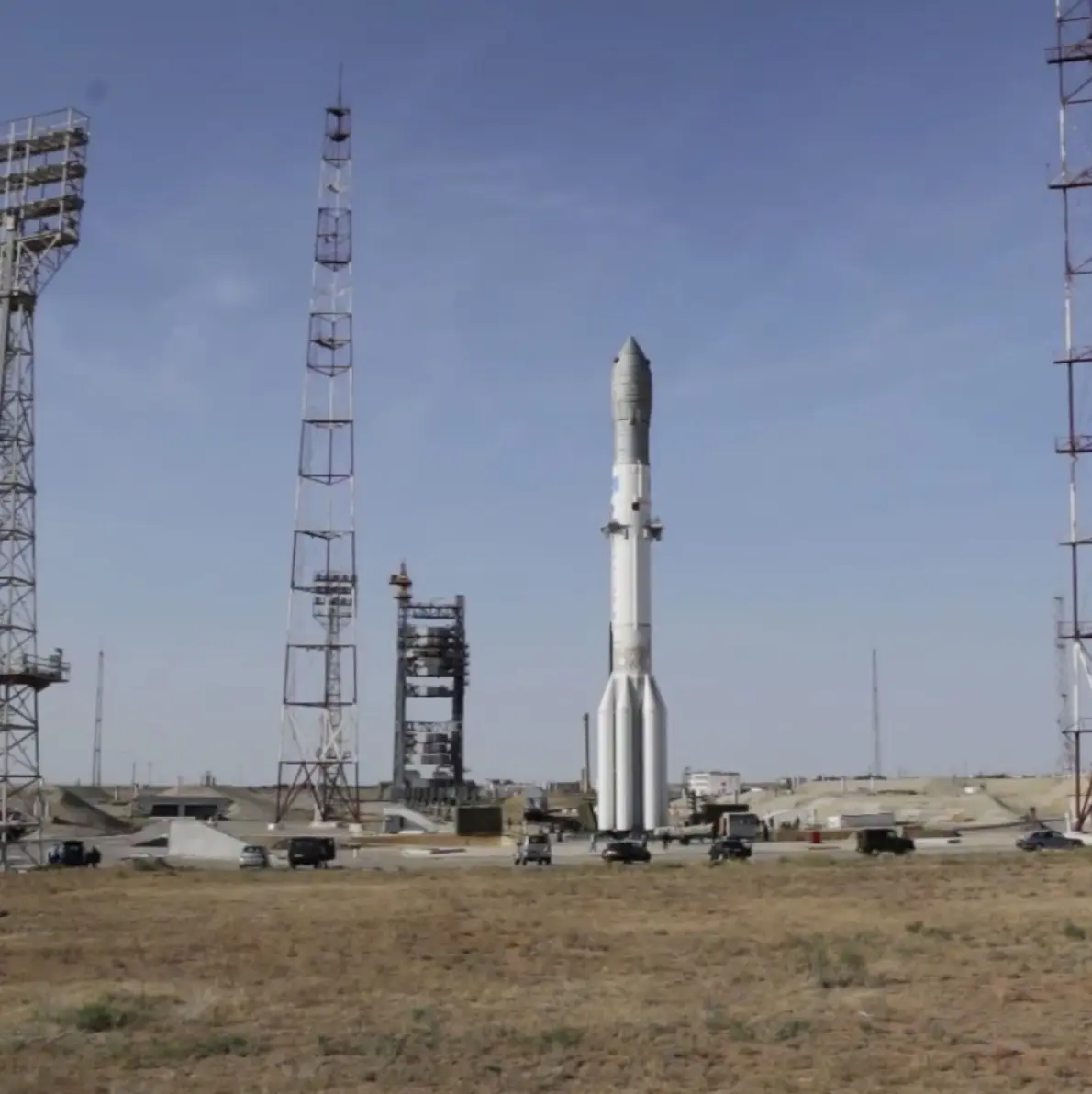Cosmos 2488, 2489 & 2490
Launch Failure
Liftoff Time (GMT)
02:38:22
Tuesday July 2, 2013
Watch Replay
Official Livestream
Mission Details
Launch Notes
The launcher suffered from an anomaly (speed sensor placed upside down) and fell back to Earth creating a gigantic explosion.
Cosmos 2488, 2489 & 2490
Uragan-M spacecraft are the second generation of GLONASS satellites with an increased lifetime of 7 years following up the first generation Uragan spacecraft. GLONASS (Globalnaya Navigationnaya Sputnikovaya Sistema, Global Orbiting Navigation Satellite System) is a Russian space-based navigation system comparable to the American GPS system, which consists of Uragan spacecraft. The operational system contains 21 satellites in 3 orbital planes, with 3 on-orbit spares. GLONASS provides 100 meters accuracy with its C/A (deliberately degraded) signals and 10-20 meter accuracy with its P (military) signals. The Uragan-M spacecraft are 3-axis stabilized, nadir pointing with dual solar arrays. The payload consists of L-Band navigation signals in 25 channels separated by 0.5625 MHz intervals in 2 frequency bands: 1602.5625 - 1615.5 MHz and 1240 - 1260 MHz. EIRP 25 to 27 dBW. Right hand circular polarized. On-board cesium clocks provide time accuracy to 1000 nanoseconds. A civil reference signal on L2 frequency was added after the completion of flight testing of Glonass-M in 2004 to substantially increase the accuracy of navigation relaying on civil signals.
Medium Earth Orbit
3 Payloads
4,500 kilograms
Rocket


Manufacturer
KhrunichevPrice
$65.00 million
Rocket
Height: 57.24m
Payload to Orbit
LEO: 21,000 kg
GTO: 6,000 kg
Liftoff Thrust
10,027 Kilonewtons
Fairing
Diameter: 4.35m
Height: 10m
Stages
4
Launch Site
Stats
Proton-M
74th
Mission
5th
Mission of 2013
2013
36th
Orbital launch attempt